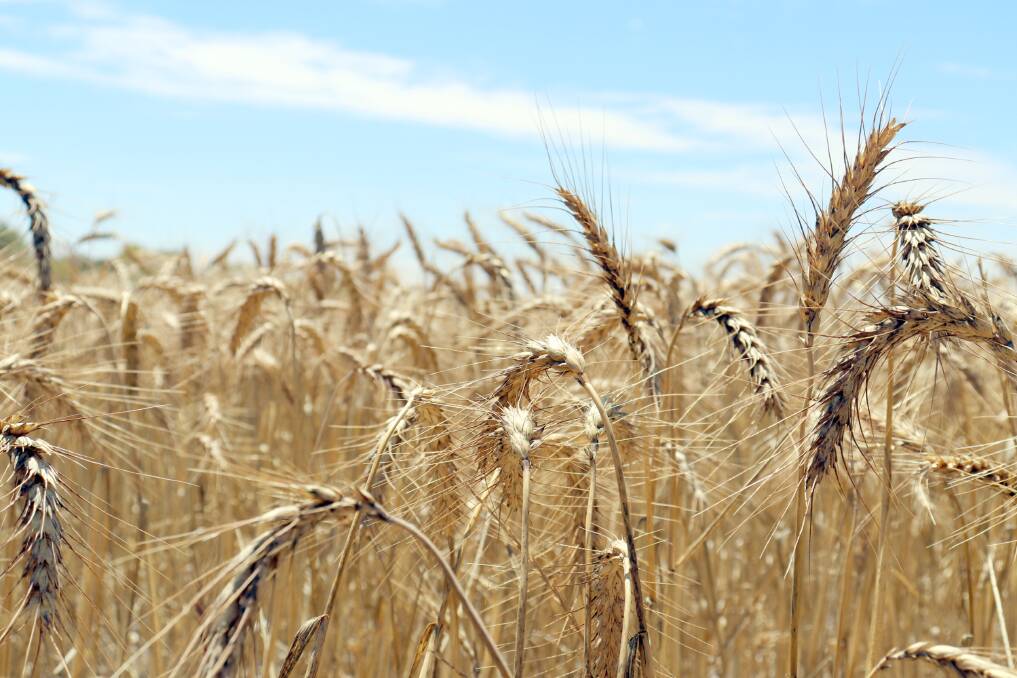
RECENT frost events and the lack of useful spring rain north of the Great Eastern Highway have caused the Western Australia harvest estimate to decline by more than 700,000 tonnes.
In August, the Grain Industry Association of Western Australia's (GIWA) crop production estimate was sitting at just over 20 million tonnes, however last week it was announced that has been reduced to 19.3mt.
According to GIWA crop report author Michael Lamond, the very cold temperatures experienced in early September will reduce deliveries by growers in the worst hit areas by at least 50 per cent on what was expected prior to the frost events.
"There were also several frost events in late August over a much wider area of the State that has taken the top off crops that were at vulnerable growth stages," Mr Lamond said.
"As well as this, more recently there were some cold mornings that will impact grain yields for crops that were flowering in regions away from the worst hit locations.
"The worst hit areas are obvious now, although the full extent of the impact from these frosts will not be evident for a few more weeks yet."

In the lower rainfall regions, the soil profile has also dried out to a point where the capacity for crops to recover from the frost will be limited.
At the same time as frost was reducing grain yield potential, the continuing dry conditions have started to bite and crops in the northern grain growing regions, that were not impacted as much by the frost, have lost a lot of potential in the last few weeks.
"The worst-case scenario has developed in the northern graingrowing regions," Mr Lamond said.
"Here, the very high potential with a lot of top growth on the crops has contributed to sucking the profile dry and without any useful spring rain to date and warm temperatures, it is shaping up to be just an OK year rather than one of the best for a very long time."
Crops in the Geraldton zone are rapidly approaching harvest with the excellent potential outlook for all crops in the region up until three weeks ago dropping off significantly due to the lack of any useful rainfall and a run of warm days above 32 degrees.
On the opposite side of the coin, the Esperance port zone largely escaped the worst of the frost to date and the lack of hot winds have let crops continue to fill, with more than 3mt of total grain production currently expected.
The same can be said for the Lakes District where the grain yield potential is above to well above average.
"The region did not get as cold as further north and most crops were not at vulnerable growth stages when the frosts hit a few weeks ago," Mr Lamond said.
"There has been bad frost damage in some paddocks in some areas, although the impact on the region is small at present.
"Most of the region received useful rainfall in August and there have been some light falls to date in September to help keep grain fill on track."
Meanwhile the south and west Albany port zones are recovering from the waterlogging and with a mild finish, will end up with more grain than thought possible a month ago.
The low-lying areas are very poor and will struggle to recover, however the crops higher up in the landscape will likely end up very good if there are no adverse weather events to come.
There are also big holes in cereal and canola paddocks from waterlogging which will keep average paddock yields to around average rather than above average.
"Many crops were boosted with nitrogen to combat the waterlogging and this has helped the grain production outlook," Mr Lamond said.
"The dollar spend on nitrogen in the region has been very high this year and whilst helping with waterlogging, if only average yields are obtained, may not be sustainable going forward considering the higher fertiliser prices."
A similar but less acute scenario to Geraldton is unfolding in the Kwinana North Midlands region with crops losing the potential from a few weeks ago from the lack of finishing rains.
Overall, the region is on track for just an average year rather than a very good one due to the combined influences of waterlogging, lack of finishing rains and frost impacting on different areas of the region and landscape.
The Kwinana south zone is on track for an above average year for total grain production, while the Kwinana north east zone has been impacted by both the very severe frosts as well as very dry conditions.
"Individual growers in the north east are going to have significantly reduced tonnage depending on where they are in the landscape, the growth stage their crops were at when the frosts hit, and the level of subsoil moisture available to allow some recovery," Mr Lamond said.
"In general, travelling further east and north away from Merredin, the impact from both frost and the dry conditions have combined to reduce the outlook from very, very good to below or well below average in the space of one month."
Overall, total grain production could still slide from what is currently estimated given the further frost that occurred on the weekend and if there is no further useful rain in the northern and eastern grain growing regions.


